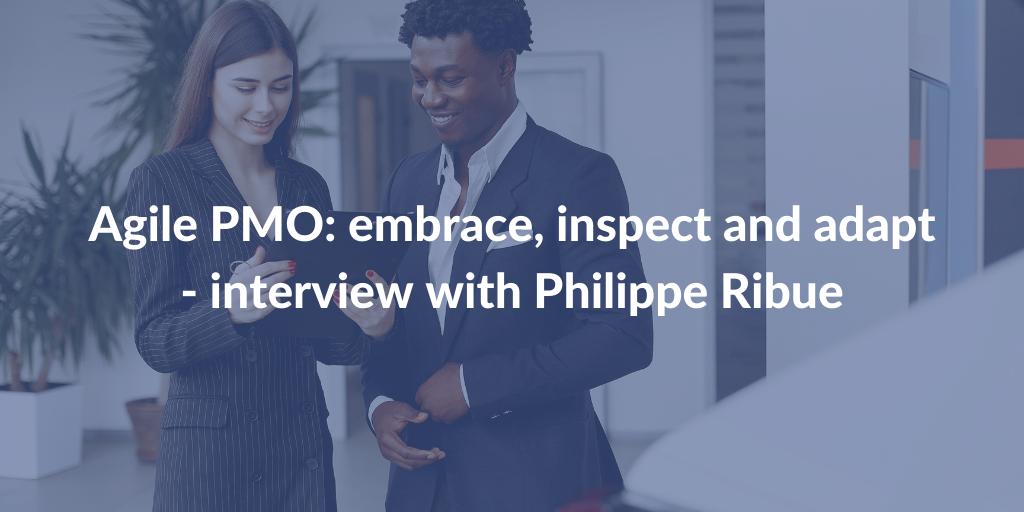Categories
Tags
Newsletter
Subscribe to the QRP International neswletter and get all the news on trends, useful contents and invitations to our upcoming events
Subscribe
What is your role and what is it that you actually do?
I work as Organisational Change & Program Manager for Data and HR. My primary job role is to design, develop, implement and manage changes that will enable my organisation to successfully transition from their current state to a digital and data-driven state. However, my focus stays on people and their competences.
How did you arrive at your current position?
I have a master’s degree in Industrial and Organisational Psychology and some years of experience working as a Project & Change Manager. During this time, I have acquired the ability to help identify where changes need to be made in the strategies used by different private companies and the public sector. I have also followed the evolution of Agility and am certified as ‘Agile Coach’. I have developed some acquaintances with data management and analytics, new ways of working and IT governance.
What is the role of the PMO in the organisation? Why is this important?
On top of the classic activities of a PMO (Project Management Office), ours is responsible to lead the roadmap of the administration contract we have with the government. It translates the strategy with our ambitions for 2025 into an implementation plan that has seven strategic objectives that should make an impact. The PMO manages the high-level planning and communication that help articulate the strategic thinking or the “why” behind our goals and plans.
The PMO is designed to:
How can you create an Agile PMO?
As a legacy public organisation, the PMO needs to redesign its mission. This means being more customer-focused and creating added value, versus decreasing bureaucratic and old-fashioned processes. Visionary leaders are transitioning into Change Agents, and maximising value through the entire organisation. Middle management, including program and project managers, are racing to maximise their professional relevancy in this new world.
We have established four gradual steps:
Read our article Who is a Change Agent for more information on this topic.
How can Agility help you and your organisation improve and change results?
The Agile Mindset brings a dynamic and adaptive approach based on the following goals:
We always ensure there is close collaboration between the Agile PMO, IT and key stakeholders from the business.
Is there a certain certification track you would advise to bigger enterprises that want (or need) to become more agile? Which one and why?
There will always be a debate about certifications and whether organisations should support them. What is undeniable, is what we see as the organisational benefits for supporting certifications and credentials. When an organisation decides to have workers become certified, this proves that these abilities are necessary disciplines that must be taken seriously and provides assurance that the time has been taken to develop skills. With a certification, the position of these ambassadors, leaders or trainers is authenticated, making it easier to gain sponsorship and credibility, therefore lowering the overall resistance to change.
I advise to have a multidisciplinary team with at least these certifications:
Agility is catching fire, and there is growing recognition of its transformational benefits. But moving to an Agile operating model is tough, especially for established companies. There are several paths to agility and many different starting points. Agile organisations are different. Traditional organisations are built around a static, siloed, structural hierarchy, whereas Agile organisations are characterized as a network of teams operating in rapid learning and decision-making cycles. An Agile transformation fundamentally changes the way work is done and, therefore, blueprinting also needs to identify changes to the people, processes, and technological elements of the operating model.
Traditional organisations place their governance bodies at their apex, and decision rights flow down the hierarchy; conversely, agile organisations instill a common purpose and use new data to give decision rights to the teams closest to the information. An Agile organisation can ideally combine velocity and adaptability with stability and efficiency.
If managers fear that helping people gain a credential only helps them land at a new job, the quote from Henry Ford sums up this point: “The only thing worse than training your employees and having them leave is not training them and having them stay.”
On a more personal note, how do you see your professional growth in the coming years? What can we expect from you?
The last 24 months have changed everything. For businesses. For leaders. For employees. Now, as the dust settles, one fact becomes clear; power has shifted from organisations to people. From profit to mutual prosperity.
This poses an existential threat to businesses everywhere. An organisation is only as good as the people it employs; those organisations that want to survive, will need to respond to the new power dynamics in place. They will need to look beyond financial goals to consider the needs of all their people. They will also need to break down silos and overcome remote working challenges to ensure people feel connected to the company’s purpose and vision, and each other. I think the time has come for a more people-focused approach to building a sustainable future.
The purpose questions I have in mind to do my job in the coming years are:
I am ready for the coming challenges and I keep in mind Mike Tyson’s advice: “Everyone has a plan until they get punched in the face”. It is acceptable to fail, and because you have failed, this does not reflect an utter failure of your growth. Instead, embrace and transform it, as a part of your learning points.